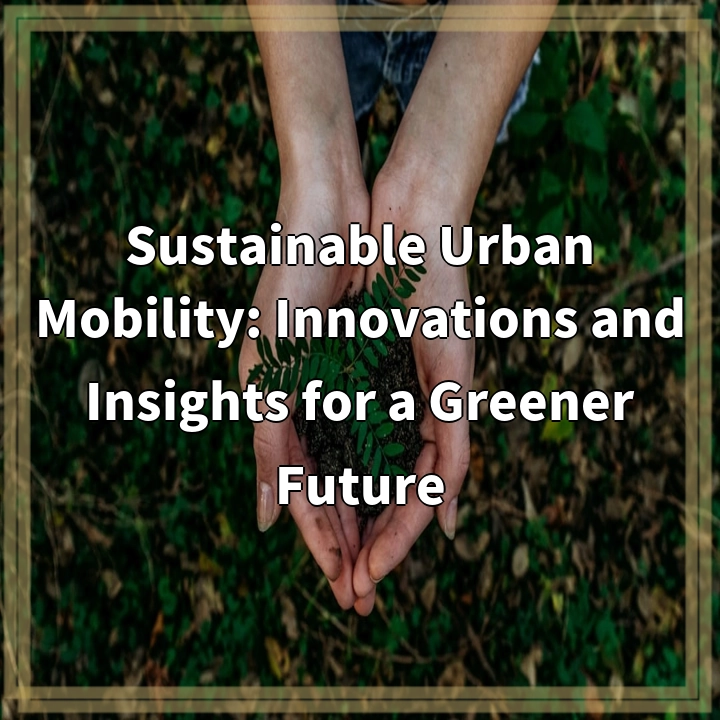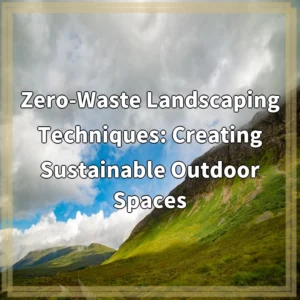What is Sustainable Practices in Heritage Conservation?
Sustainable practices in heritage conservation refer to the implementation of environmentally friendly and socially responsible approaches to preserving and protecting cultural heritage sites, structures, and artifacts. This approach recognizes the importance of conserving our cultural heritage while also considering the impact on the environment and the local community.
Real-World Problems Associated with Sustainable Practices in Heritage Conservation
1. Balancing Preservation and Development
Sustainable practices in heritage conservation often face the challenge of balancing the need for preservation with the demands of development. Rapid urbanization, population growth, and economic pressures can lead to conflicts between preserving heritage sites and meeting the needs of a growing population.
2. Climate Change and Environmental Impact
Climate change poses a significant threat to cultural heritage sites. Rising sea levels, extreme weather events, and changing environmental conditions can damage or destroy historical structures and archaeological sites. Sustainable practices in heritage conservation must address these climate-related challenges and find ways to mitigate their impact.
3. Sociocultural Relevance and Community Engagement
Sustainable practices in heritage conservation should not only focus on physical preservation but also take into account the sociocultural relevance of cultural heritage and the involvement of local communities. Engaging communities in decision-making processes, promoting cultural diversity and inclusivity, and integrating traditional knowledge and practices are important aspects of sustainable heritage conservation.
4. Funding and Resources
A lack of funding and resources is a major hurdle for sustainable practices in heritage conservation. Preservation efforts require financial backing for restoration, maintenance, research, and education. Securing funding from governments, private organizations, and international bodies is essential to ensure the long-term sustainability of heritage conservation projects.
5. Tourism Pressures
The increasing popularity of heritage sites among tourists can create challenges for sustainable practices in heritage conservation. Uncontrolled tourism can lead to overcrowding, damage to fragile structures, and a loss of authenticity. Balancing the visitor experience with sustainable tourism practices is crucial to protect and preserve heritage sites for future generations.
Conclusion
Sustainable practices in heritage conservation are vital for preserving our cultural heritage and protecting the environment. Addressing the real-world problems associated with this field requires a multidisciplinary approach, collaboration between stakeholders, and a forward-thinking mindset that considers the needs of the present while safeguarding the future.

Solutions for Sustainable Practices in Heritage Conservation
1. Integrated Planning and Stakeholder Engagement
By involving all relevant stakeholders, including local communities, government agencies, heritage experts, and developers, in the planning and decision-making process, sustainable practices can be better integrated into heritage conservation efforts. This ensures a holistic approach that balances preservation with socio-economic development.
2. Climate Change Adaptation and Mitigation
Sustainable practices should incorporate climate change adaptation and mitigation strategies to protect cultural heritage from the impacts of climate change. This includes implementing measures such as improving site drainage, using environmentally friendly building materials, and developing emergency response plans to minimize damage in the event of extreme weather events.
3. Sustainable Funding Models
To overcome the funding challenges, sustainable funding models should be established. This can involve a combination of public and private funding, grants, sponsorships, and partnerships with businesses or organizations that value and support heritage conservation. Effective resource management and prioritization of projects are essential in ensuring the efficient use of available funds.
4. Responsible Tourism Management
To balance tourism and heritage conservation, responsible tourism management practices should be implemented. This includes limiting visitor numbers, implementing visitor education programs, enforcing guidelines for behavior at heritage sites, and promoting sustainable tourism practices that minimize the impact on delicate cultural structures.
5. Education and Awareness
Enhancing public education and raising awareness about the value of cultural heritage and sustainable practices are key to fostering a stronger sense of responsibility and support for heritage conservation. This can be achieved through educational campaigns, workshops, heritage interpretation programs, and collaboration with educational institutions.
Conclusion
By implementing these solutions, sustainable practices can be effectively integrated into heritage conservation initiatives. This will ensure the preservation of cultural heritage sites, the protection of the environment, and the promotion of sustainable development for future generations to enjoy and appreciate.













